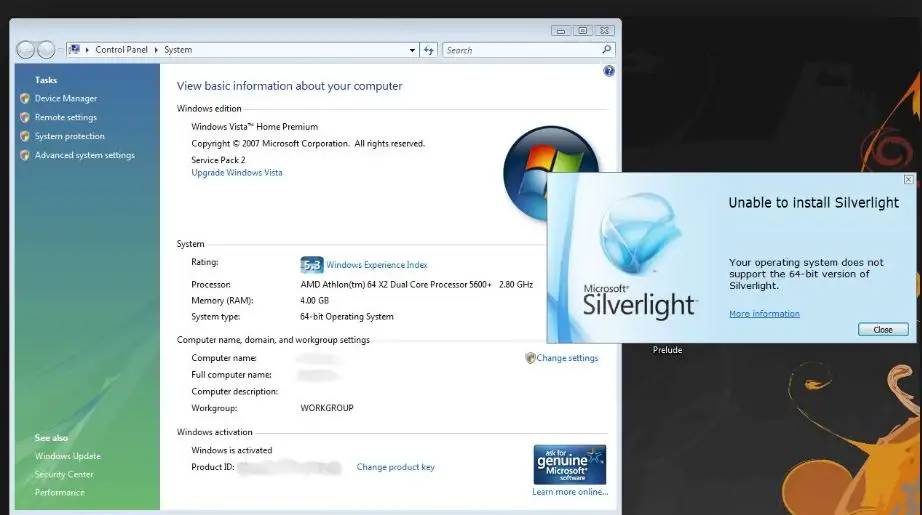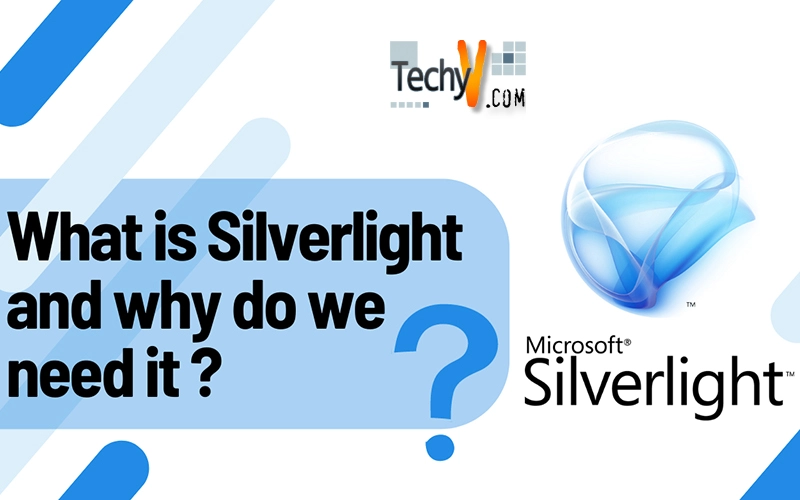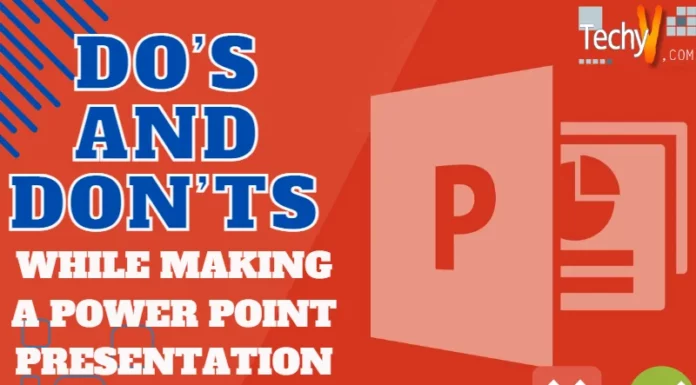What is Silverlight and why do we need it?
It is becoming increasingly common to find a message suddenly appears on our screens, urging us to install Microsoft® Silverlight® when browsing through websites, and in particular, when we are visiting sites owned by Microsoft. But, many of us are still unsure what Silverlight is, why we need to install it just to look at websites, and how it can be used to enhance our own website content and take it to the next level in technological advancement.
Silverlight is a cross-platform, cross-browser, and cross-device free plug-in tool that provide .NET based media capabilities and lavish web-based interactive applications. Silverlight combines various technologies into one development platform, so that developers are able to select the programming language and specific tools that they require. It provides a perfect platform to develop both client-side internal interactive business applications for the web, iPhones and desktop. Another superb feature of Silverlight is that it is designed to complement already existing functions by integrating seamlessly with any existing JavaScript or ASP.NET AJAX code.

For those of you who do not need to understand all the technical jargon about Silverlight, you just need to know that without it, you may miss out on the latest cutting edge user interface experiences that websites have to offer. For example, sites often opt to personalize their pages with the use of interviews and testimonials, and have used Silverlight to provide high-definition video streamed talks on demand.
As a web user, the best approach to make a decision about whether you need to install Silverlight would be to ask yourself if any of the sites that you visited at the moment require it. If the answer is no, then it may not be essential for you to install it on your desktop right now. However, there will be a time that it may become compulsory to have if you want to browse the Internet effectively since more and more sites are using it.
There are other products in the market today that compete with Silverlight and can create similar effects, such as Adobe® Flash® and JavaFX®. So why would a developer choose to use Silverlight over other products? The answer is simple: You should use the product that caters for your environment and best suits your design and development requirements. The list of features included within Silverlight is exhaustive and there are many published articles available that cover the comparison of Silverlight with other products. But, as a starting point, here are a few of the main features that have been included in Release 4 which you can’t find in other comparable products:
- Silverlight provides the same sandbox environment in the user’s computer (commonly referred to as ‘offline’) just like with the real browser. Unlike other applications that offer similar functionality, Silverlight applications do not need elevated privileges to be launched, therefore ensuring a more secure environment.
- Silverlight addresses the constraints of remote data access, whereby Ajax and Silverlight applications can retrieve remote data that will be provided in the default JSON format.
- Silverlight provides an SEO friendly environment, allowing deep linking URLs to point directly to specific places in an application. Also, there is an ASP add-on that mirrors dynamic web content in HTML to allow simple indexing.
- It is now possible to administer 3D effects to absolutely any media objects using the new 3D API.
On top of conducting a feature comparison to make a decision on which product to use, it seems that developers are often opting for Silverlight over its competitors simply due to the fact that:
- Silverlight is an implementation of the .NET framework, which is rapidly becoming the standard framework adopted by Windows, and, as a developer. If you are already familiar with the .NET framework, it makes sense to use your existing skills to develop applications, rather than learning other skills such as ActionScript (which Flash code relies on). In essence, developers who are already familiar with the development tools provided by Microsoft may find it easy to create Silverlight applications.
- Many will opt for Silverlight due to the productivity capabilities of Microsoft Expression Blend®, which provides the ultimate design tools for Silverlight. The Extensible Application Markup Language (XAML) used by Expression Blend allows user interface components to be developed with ease such as graphics, animations and controls.
- Silverlight may also be chosen purely due to a preferred working practice of using Visual Studio® to create applications.
- Silverlight is the cheapest method of video streaming over the web, and with supreme quality. No license is required, just IIS in Windows Server®.
That said, there are some features provided by the comparable products that Silverlight has not implemented adequately, such as offline browser support (Adobe Flash includes this).
The reason why designers find Silverlight to be invaluable is that it was developed and designed to work seamlessly. In that day, the developers can focus purely on the core development, whilst the designers are able to concentrate on creating the visuals for the application and include visual effects that enhance both the look and feel of the application. Some examples of impressive effects that Silverlight 4 provides include the DropShadowEffect, Pixel Shader Effect and the BlurEffect.
There is some talk of Silverlight becoming redundant upon the release of HTML 5, the new HTML standard that has the capabilities of displaying video, animation and interactive graphics without using an external application, such as Silverlight or Flash. Microsoft believes that it is likely to take several years before HTML 5 to be completed, because of compatibility issues that W3C® has been working on. Therefore, the assumption can be made that it will not be mature enough to replace some, or all of, what Silverlight has to offer for a while yet. For the meantime, Microsoft is continuing to add skillful and innovative features to Silverlight with each new release, thus increasing its strength within its market.


















